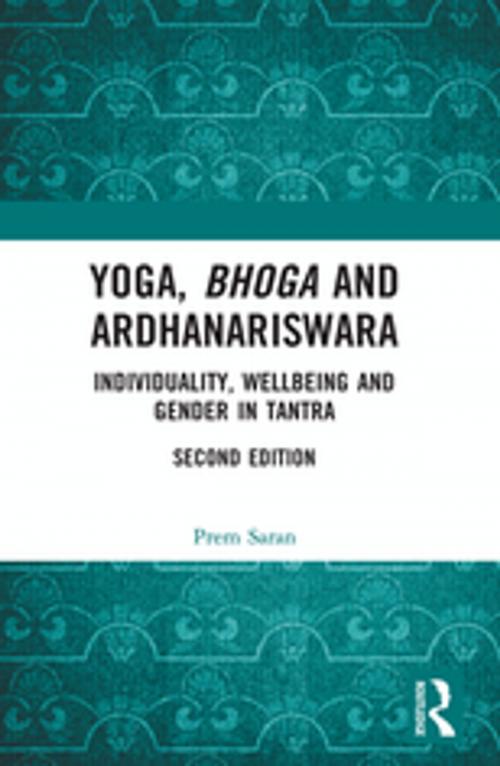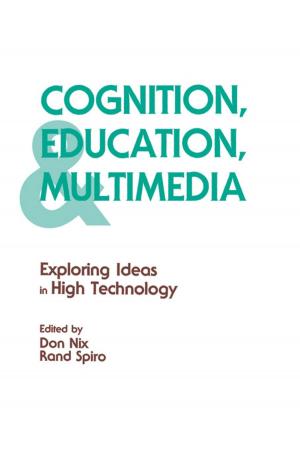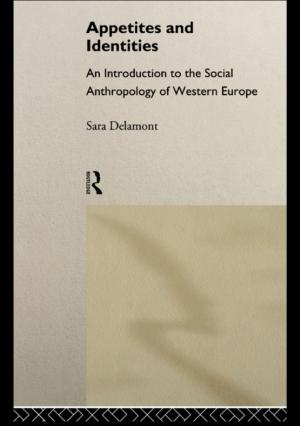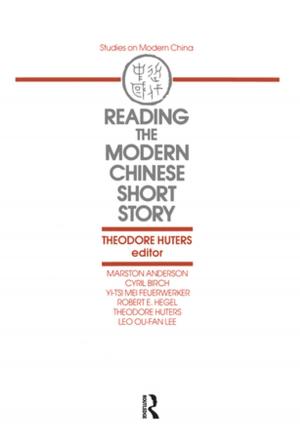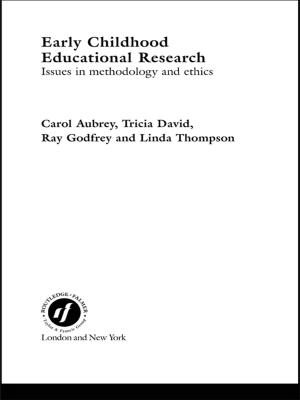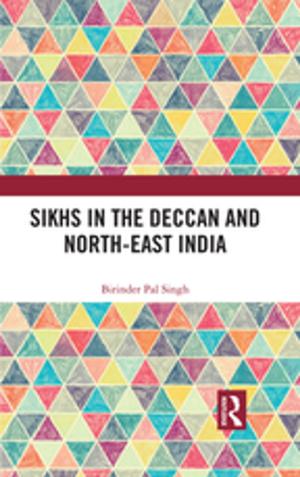Yoga, Bhoga and Ardhanariswara
Individuality, Wellbeing and Gender in Tantra
Nonfiction, Social & Cultural Studies, Social Science, Gender Studies, Religion & Spirituality| Author: | Prem Saran | ISBN: | 9781351333764 |
| Publisher: | Taylor and Francis | Publication: | November 10, 2017 |
| Imprint: | Routledge India | Language: | English |
| Author: | Prem Saran |
| ISBN: | 9781351333764 |
| Publisher: | Taylor and Francis |
| Publication: | November 10, 2017 |
| Imprint: | Routledge India |
| Language: | English |
This book offers a social–scientific interpretation of the Hindu and Buddhist traditions of Tantra dating back 15 centuries. It is a self-reflexive study approached with an insider’s empathy and the perspective of an Indologist, anthropologist, mystic and practitioner of the cult.
The work includes a discussion of non-modern Indic themes: mandala as a trope and its manifestations in South Asian regions such as Nepal; yoga and Indic individuality; the concept of bhoga; disciplined wellbeing; gender; and Indic axiology. Using personal praxis to inform his research, the author examines three core themes within Tantra — a ‘holonic’/mandalic individuality that conduces to mystical experience; a positive valorisation of pleasure and play; and cultural attitudes of gender-mutuality and complementarity, as neatly encapsulated in the icon of Shiva as Ardhanariswara. This analysis, as captured by the Tantric mandalas of deities in intimate union, leads to his compelling metathesis that Tantra serves as a permanent counterculture within the Indic civilization.
This second edition, with a new Afterword, will greatly interest those in anthropology, South Asian studies, religious studies, gender studies, psychology and philosophy, as also the general reader.
This book offers a social–scientific interpretation of the Hindu and Buddhist traditions of Tantra dating back 15 centuries. It is a self-reflexive study approached with an insider’s empathy and the perspective of an Indologist, anthropologist, mystic and practitioner of the cult.
The work includes a discussion of non-modern Indic themes: mandala as a trope and its manifestations in South Asian regions such as Nepal; yoga and Indic individuality; the concept of bhoga; disciplined wellbeing; gender; and Indic axiology. Using personal praxis to inform his research, the author examines three core themes within Tantra — a ‘holonic’/mandalic individuality that conduces to mystical experience; a positive valorisation of pleasure and play; and cultural attitudes of gender-mutuality and complementarity, as neatly encapsulated in the icon of Shiva as Ardhanariswara. This analysis, as captured by the Tantric mandalas of deities in intimate union, leads to his compelling metathesis that Tantra serves as a permanent counterculture within the Indic civilization.
This second edition, with a new Afterword, will greatly interest those in anthropology, South Asian studies, religious studies, gender studies, psychology and philosophy, as also the general reader.
